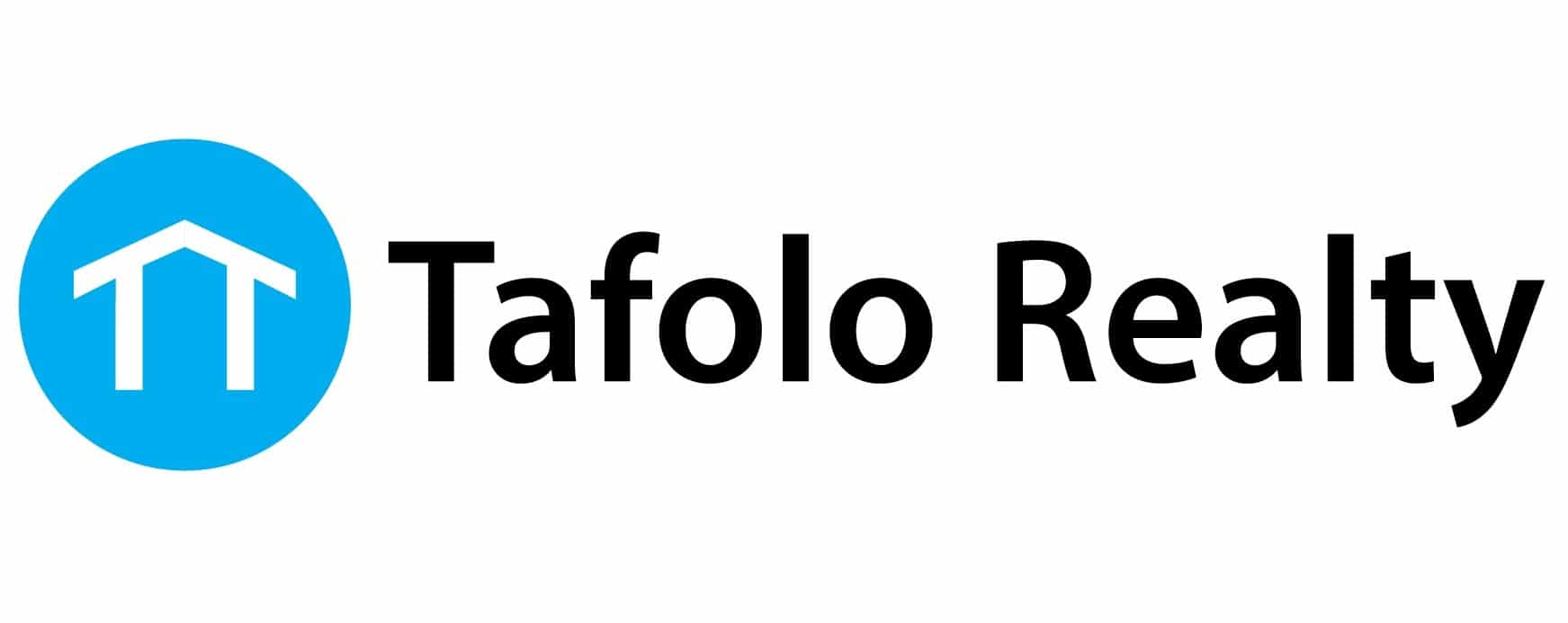Are you going to employ new people in the new year? Are you confident your current workforce is happy and engaged? I am sure if you are like a significant number of business owners and managers, you have experienced at various times the frustration of not being able to employ the right people with the right experience. Perhaps their salary expectations were too high. With the baby boomers progressively beginning to retire and the economy beginning to move again skilled employees will again become increasingly rare and expensive.
Cost of Employee Turnover
Employee turnover is not only frustrating but it is also costly. In 2007 a study by Vedior Asia Pacific found the cost of replacing an employee was in the order of 150 per cent of salary. According to the Australian Bureau of Statistics data for average salary at that time was $55,660.80, size of workforce (10.6 million) and the turnover figure revealed in the study at 18.5%, the cost to Australian business was in excess of $20 billion. And the costs keep climbing!
Let me ask you this, if you were to say take 18.5% of your employee wages costs and multiply by 150%, then get that figure and calculate how many widgets you would have to sell or hours to charge just to recover those costs – it’s frightening isn’t it !
As a simple example : if your business has 5 employees at $40,000 per employee, and you have to replace one employee each year the tangible costs suggested by the study could be $60,000. How many items do you have to sell or hours do you need to charge to recover these costs? If you are selling a product at $1000 each and your net profit is 10% per item you would need to sell 600 items just to break even. That is in addition to existing sales levels, not to mention the disruption to your business while you are advertising, training, employee morale etc.
In reality employee retention should be another tool to develop and maintain competitive advantage. When employees leave they also take with them part of your intellectual property, after all didn’t you train them to complete activities or provide a service unique to your company?
What can I do?
So now we have established that it makes financial sense to retain employees where possible what can we do about it? Firstly you need to acknowledge that some employee turnover is inevitable due to personal reasons that is not business related. It may be due to a partner moving interstate, leaving to start a family or other reasons out of your control. But with reasons that may be in your control; just remember – “you can’t please all the people all of the time”. You will always have employees that even if you offer them a raise or increased responsibility, training, company car or something else of value it will make no difference. They may even be your best employee, but if you can’t please them it is my experience that you are better to just wish them well and let them be on their way, if you are able to keep them on it is likely that they are not engaged with the business, and will not perform to the level they have previously and will leave anyway.
In most cases employee retention is all about keeping the employee “engaged” with the business will minimising the probability of the employee leaving. Additionally by ensuring an employee is “engaged” to the business, they are also a lot more productive, something I am sure we are all looking for!
Become an Employer of Choice
To become an “employer of choice” you will need to ensure the engagement and attention of your employees is constantly monitored. People are likely to want to work for you if your business has a reputation for treating staff fairly, openly and honestly providing support, and development opportunities to help keep them motivated. Communicate frequently with your employees don’t assume that they know the businesses’ aims and objectives. Clear and early communication about culture and values is important.
Contributors
While there are a lot of areas that contribute to employee retention and attraction they can be broadly categorised under the following three areas.
Fit:
When selecting or reviewing a person for the job ask yourself – does the applicant have and demonstrated the correct skills, knowledge and competencies, will they fit with the workplace culture ?
Connection:
How well does the employee interact with the rest of the team? How much does the rest of the team rely on him or her, do they have the confidence of the rest of the team?
Surrender Value:
The things that the employee would have to give up if they left the job e.g. distance to work, social interaction with the team, career advancement, the type of work, social interaction, status within the team, customer interaction, working environment etc.
Essentially the three areas above relate to engagement. There have been numerous studies that confirm the reason most employees leave a business is not primarily due to salary but that they are not fully engaged with the business and management. How can you resolve this? Clear effective communication is the key.
Actions to Implement
Ensure you complete exit interviews, identify trends make sure it is conducted by a neutral party. Use the information collected if valid; don’t ignore it.
- Employees want to be appreciated. Provide regular feedback, focus on the job performance not personalities, seek feedback on your management performance.
- Ensure roles are clearly defined – this reduces confusion, enhances efficacy and reduces frustration.
- Encourage an environment of open communication address any issues as soon as you know about them. If you don’t have the answer then acknowledge there is a problem that you wish to resolve and seek help.
- Ask for ideas and help in problem solving. Employers may know there is a problem, yet have no idea what is causing it or how to fix it. A brainstorming session where everyone is involved can not only solve the problem, but also reenergize the staff since they know they played a part in the entire process and not just the fallout.
- Realize that not everyone will “get along”. Don’t ignore the situation – set behavioural expectations, remain neutral where possible, there needs to be mutual respect for everyone’s responsibilities and positions. If you don’t resolve the situation, sooner or later employees may leave out of sheer frustration. Take action before things escalate too far.
- Organizations experience the highest level of turnover during the first 90 days on the job. So make the first critical days stand out as a positive experience. Make sure you have a formal induction process, let new employees know they are valued and where things are and who they can contact for help. This is a great opportunity to make new hires feel proud to have chosen your organization.
- Develop a succession plan. Make sure you communicate this with employees and link in with performance reviews, seek feedback.
The Future approach
But what about the future? With four generations now in the workforce we cannot continue to manage and motivate employees as we have historically done. Younger staff such as generation “X and Y” expect senior roles more quickly than did previous generations and want input into leadership decisions early in their career. You need to acknowledge that traditional training approaches will add limited value. An approach that I would recommend is to discuss in more detail the job requirements and allow them more input to improve or modify their responsibilities. If they can add value fantastic! If not then they have a better understanding of the logic behind the requirements of the role. But importantly utilise a “mentoring approach” not a traditional school room framework, (that some of us more mature people experienced) you are certain to get better results.
As human beings we all have different aspirations, drives and motivating factors. What motivates one employee to stay in a business does not necessarily apply to another. However by applying the principles suggested earlier you are certainly establishing a solid foundation to help retain and motivate existing or new employees. As always in business you need to measure whatever you do and modify your approach if it is not working. But please ensure you are doing it objectively, based on fact.
For more information contact Brett Griffith at Fulcrum Business Support



































